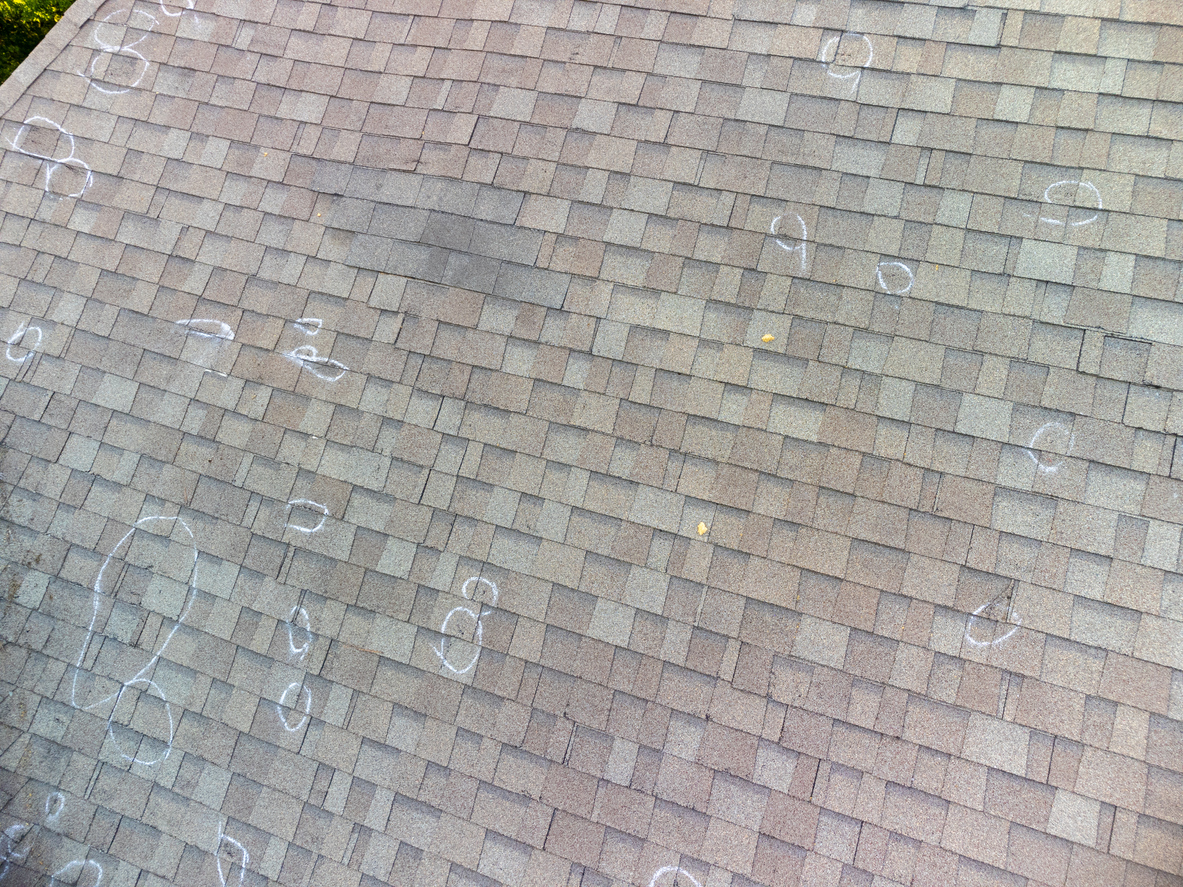This week in the series on calculating actual cash value, we are studying Alabama, nicknamed the “Yellowhammer State,” after the state bird.
Alabama follows the “fair market rule” when calculating actual cash value.
In 1932, the Alabama Supreme Court stated that the market value of property is the measure of recovery.1
Two years later, in 1934, in Glen Falls Ins. Co. of NY v. Garner,2 the Alabama Supreme Court stated, “‘[a]ctual cash value’ means, and can only mean, what the thing is worth in money, allowing for depreciation.”
In Commercial Union Ins. Co. v. Ryals,3 the insured’s building was partially destroyed by a fire. The policy contained a limitation clause providing that the building was insured “to the extent of the actual cash value of the property at the time of the loss, but not exceeding the amount which it would cost to repair or replace the property with material of like kind and quality.” The Alabama Supreme Court held that the damages recoverable were limited to the actual cash value of the property at the time of the loss, not exceeding the cost of the repair or replacement with goods of like kind within a reasonable time after loss, and no allowance for depreciation to establish actual cash value was required.
_____________
1 Sussex Fire Ins. Co. v. Barton, 225 Ala. 570, 574 (Ala. 1932).
2 Glen Falls Ins. Co. of NY v. Garner, 229 Ala. 39, 43, 155 So. 533, 535–36 (Ala. 1934).
3 Commercial Union Ins. Co. v. Ryals, 355 So. 2d 684 (Ala. 1978).



